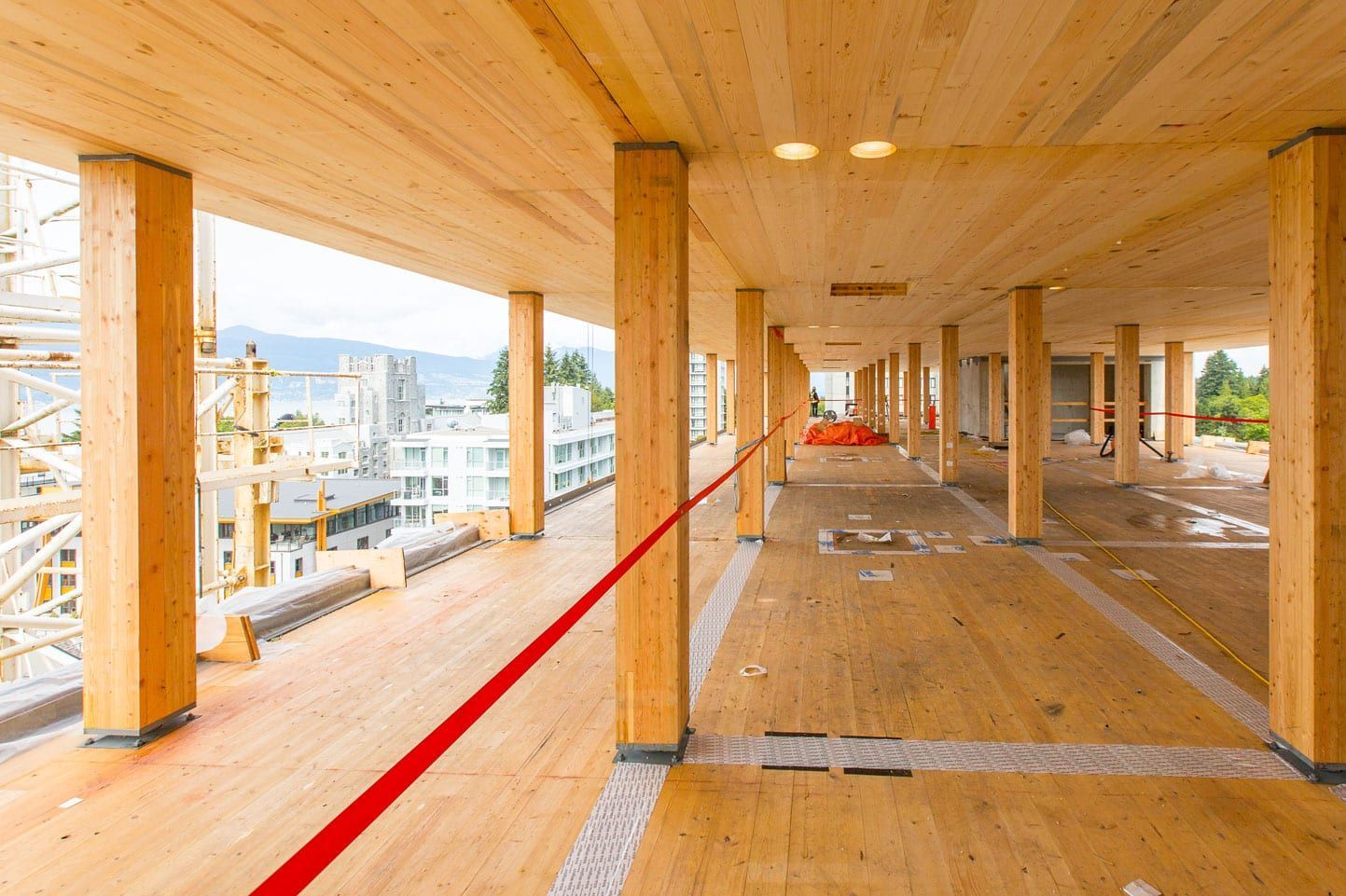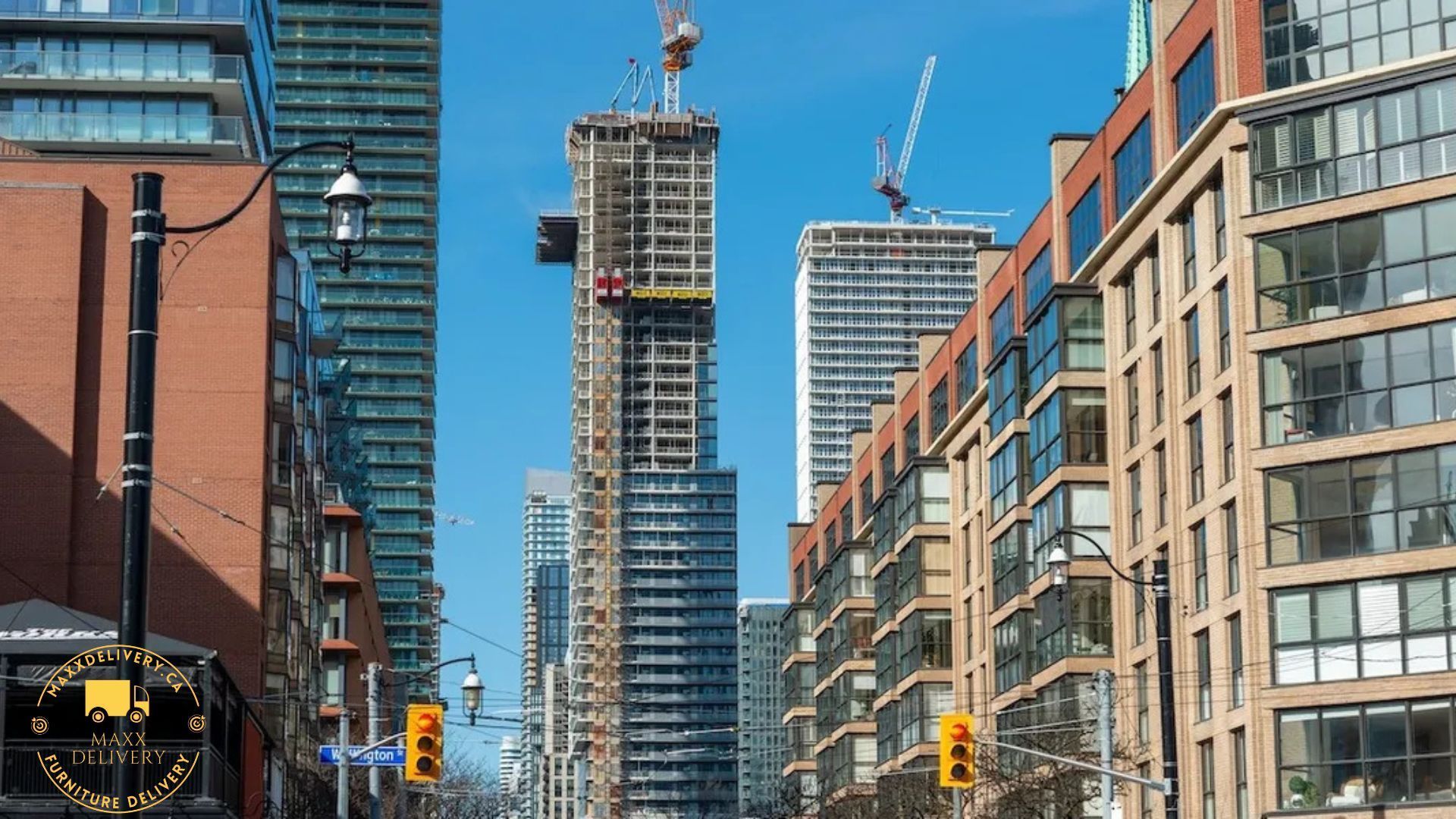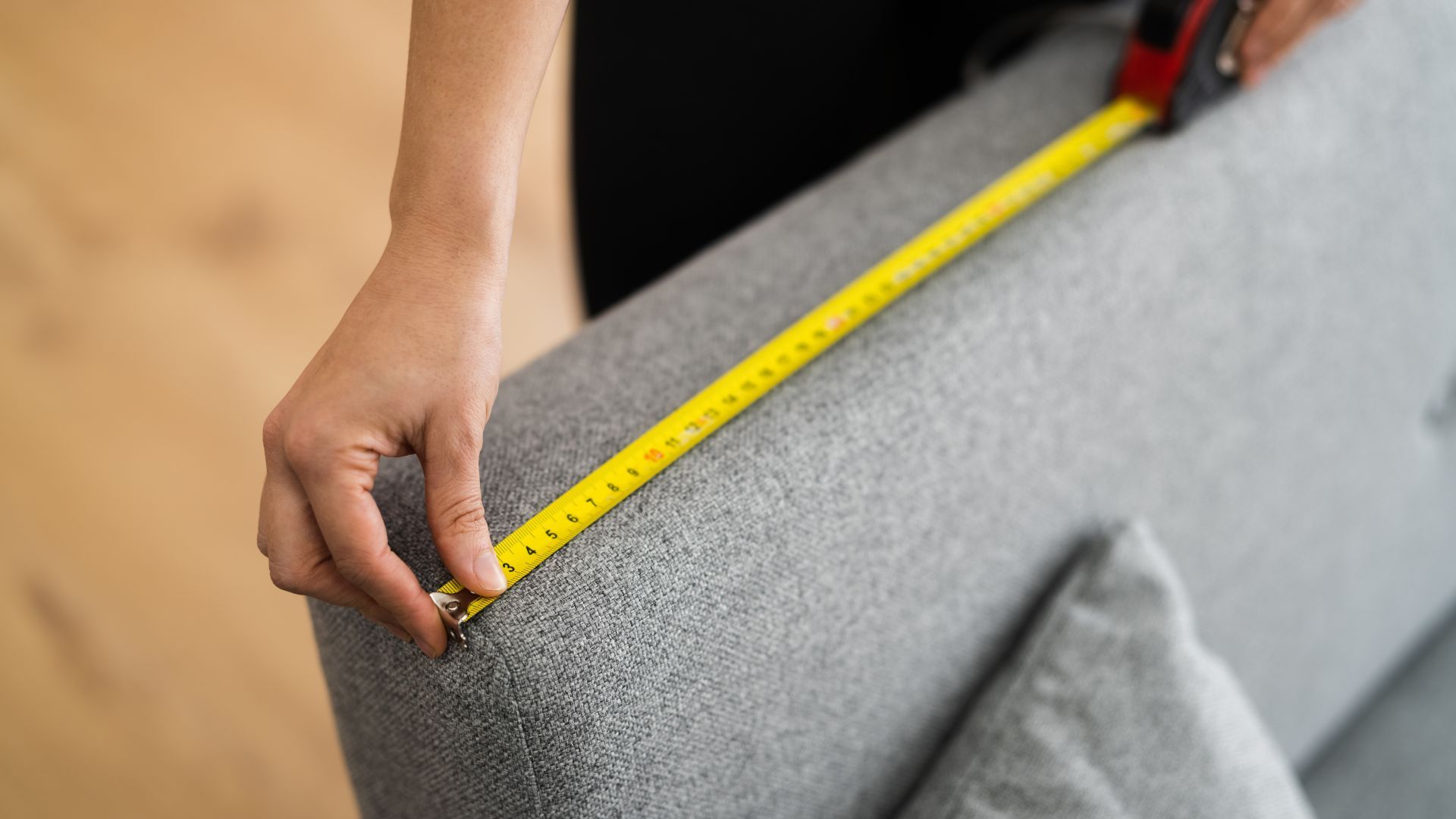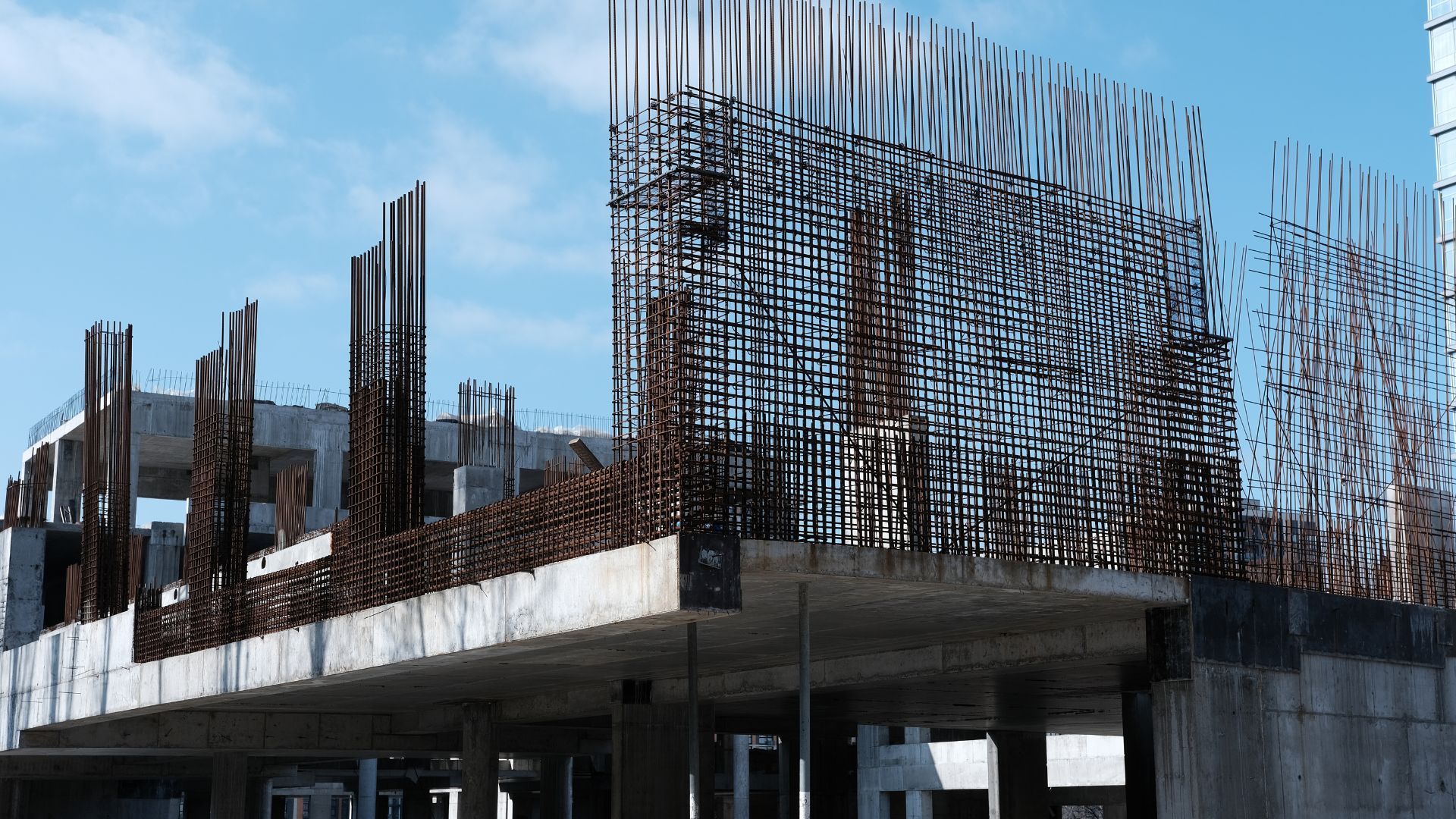Understanding Common Construction Materials
Welcome to an exploration of essential architectural materials, each shaping our built environment in unique ways. A building's essence lies not only in its form and function but also in the tactile experience it offers. Materiality, in essence, defines our interaction with architecture, weaving a narrative that intertwines with design, purpose, and location. From the robustness of concrete to the elegance of wood and the versatility of plastic, these materials define the essence of construction. Concrete, as construction material, lays the groundwork for our structures, yet demands sustainable design practices to mitigate environmental impact. Wood, a timeless choice, blends tradition with innovation through engineered products, offering endless possibilities in timber architecture. Steel's strength and adaptability forge iconic skylines. Stone, with its enduring legacy, offers diverse expressions despite its weight. Glass, a landmark of transparency, reshapes architectural boundaries, while brick emerges as a medium for art. Kevlar and carbon fiber challenge structural norms, offering strength and flexibility beyond conventional materials. Finally, photovoltaic cells pioneer energy-efficient facades, paving the way for sustainable architecture. As architects are using these construction materials, embracing accessibility and affordability ensures a holistic approach to design, enriching the fabric of our built environment.

Concrete is an integral part of construction, shaping our buildings and urban landscapes. However, its extensive use can have adverse environmental effects. Understanding concrete's subtleties is vital, and the Concrete Center plays a crucial role in this aspect. They provide insightful reports to architects, offering guidance on sustainable concrete design practices. These reports empower architects to make environmentally friendly choices, contributing to a greener future for all. In Canada, cement companies are key players in the industry, driving infrastructure development with their focus on quality, innovation, and sustainability. They continuously adapt to market trends, emphasizing eco-friendly practices and excellence in cement manufacturing. Despite its significance, concrete sourcing is sometimes overlooked. Contractors face significant delays without reliable concrete suppliers, which can disrupt construction timelines on a large scale. Hence, having a trustworthy concrete provider is essential for seamless construction operations and timely project completion. Understanding the importance of sustainable concrete design, architects can help shape a better tomorrow by incorporating eco-friendly practices into their projects. By leveraging the expertise provided by the Concrete Center and partnering with reputable cement companies, architects can make informed decisions that prioritize environmental conservation while meeting construction needs effectively.
In construction, wood stands as a steadfast symbol of tradition, blending timeless elegance with cutting-edge innovation. Across centuries, from the architectural wonders of antiquity to the sleek skyscrapers of today, wood has maintained its revered status as a material of choice. However, its journey doesn't end there. With the advent of engineered wood products, a new chapter in its evolution unfolds, pushing the boundaries of possibility and unlocking unprecedented avenues for creativity. Traditionally, wood has been revered for its inherent strength and durability, making it an indispensable component in structural elements such as beams, rafters, and joists. Its natural resilience lends itself perfectly to load-bearing applications, providing the necessary support for structures of all scales and complexities. But beyond its utilitarian role, wood carries with it a rich history and tradition, infusing spaces with warmth, character, and a timeless allure. Yet, the story of wood doesn't stop at tradition. With the emergence of engineered wood products, a wave of innovation sweeps across the construction industry, offering a magnetic glimpse into the future of architectural design. By harnessing advanced techniques and technologies, wood is transformed into a versatile medium capable of meeting the demands of modern construction projects with unparalleled efficiency and sustainability. In this dynamic landscape, wood emerges not only as a symbol of heritage but also as a proof of innovation, bridging the gap between past and future, tradition and progress. Embracing the legacy of craftsmanship while embracing the possibilities of technology, wood stands poised at the intersection of tradition and innovation, ready to shape the architectural landscape of tomorrow.

Steel is a vital material that has influenced skylines globally due to its strength and adaptability. It's not just about reinforcement; steel acts as a medium for architectural creativity. SteelConstruction.info is a valuable resource, offering insights into the art of designing with steel in various structures. The construction industry heavily relies on steel, with more than half of the world's steel demand coming from this sector. From humble houses to towering skyscrapers, steel provides the necessary strength for buildings of all sizes. Additionally, steel finds its place in roofs and exterior walls, serving as both a structural and aesthetic element in construction projects. Steel's significance extends beyond mere functionality; it also contributes to the visual appeal of buildings and infrastructure. Its sleek, modern appearance enhances the aesthetics of structures, while its durability ensures longevity and safety. Moreover, steel's versatility allows architects and engineers to explore innovative designs and push the boundaries of what's possible in construction. As the backbone of modern construction, steel continues to play a crucial role in shaping our built environment. Its reliability, durability, and aesthetic appeal make it a preferred choice for architects, builders, and developers worldwide. With ongoing advancements in steel technology and construction techniques, its influence on architecture and infrastructure is expected to grow even further in the future.
Stone stands as a testament to resilience and creativity, weaving stories that endure through the ages. Despite its weight, it offers boundless opportunities for architectural innovation. The Building Stone Institute serves as a landmark, honoring the timeless charm of stone construction. From majestic buildings to sturdy walls and elegant paving slabs, stone's versatility knows no bounds. Aggregates, derived from stone's robust physical properties, find application in various forms, enhancing concrete, asphalt, and construction fill. Widely employed in roads, concrete structures, and building materials, its premium quality elevates the aesthetic and durability of any project. Whether adorning pool-sides, adorning patios, or framing pathways, stone transforms ordinary spaces into extraordinary landscapes. Its presence enhances the allure of public plazas, shopping centers, hotels, and corporate offices, adding a touch of sophistication and grandeur. Beyond its practical utility, stone tells a narrative of craftsmanship and timelessness. Each stone bears the mark of centuries, evoking a sense of permanence and heritage. Its enduring beauty transcends trends, imparting a sense of solidity and grace to any environment. As we navigate the modern world, stone remains a symbol of strength, endurance, and artistic expression. Its ability to withstand the test of time inspires architects, designers, and builders to create spaces that resonate with history and elegance. With stone, we sculpt not just structures, but stories that will echo for generations to come.

Glass stands as a symbol of transparency and enlightenment, reshaping the very essence of architectural design. With advancements in responsive glass technology, the boundaries of creativity are pushed further, offering a dynamic fusion of aesthetics and utility. The versatility of glass in construction knows no bounds, finding application in floors, partitions, windows, skylights, and beyond. Its benefits as a building material are manifold: transparency allows natural light to flood interior spaces, creating a sense of openness and connection to the outdoors. Weatherproof and rust-resistant properties ensure durability, while recyclability speaks to its eco-friendly nature. Beyond its practical attributes, glass serves as a canvas for architectural expression, adding a touch of elegance and sophistication to any structure. Its seamless integration with modern design principles offers endless possibilities for creating visually stunning and functional spaces. Moreover, glass transcends mere functionality, becoming a medium through which perspectives are shaped and experiences are enriched. Its transparent nature fosters a sense of connectivity with the surrounding environment, blurring the boundaries between indoor and outdoor spaces. In essence, glass not only illuminates physical spaces but also transforms the way we perceive and interact with architecture. As we embrace the future of design, let us harness the transformative power of glass to create spaces that inspire, uplift, and transcend conventional boundaries.
Brick comes from humble beginnings and, in the hands of trained artisans, becomes a canvas for artistic expression that can be tailored to fit changing sustainability goals. Use the Brick Development Association's resources to learn about the eco-friendliness and skillful design of brick architecture. Discover a wide range of brick varieties, such as thin brick, glazed brick, and stone, in addition to additional masonry materials, to meet the demands of your project. For further needs, sand and bulk materials are also available at some locations. These resources are a great place to start, whether you're a novice DIY homeowner or a seasoned contractor. When the materials you've selected are ready, Toronto's delivery trucks will deliver them right to your project site, guaranteeing that your vision will be realized. Brick is used extensively in building, helping to create permanent legacies by serving as fireproofing, outdoor landscaping, and structural walls. As you begin your building project, embrace the durability and adaptability of brick to create long-lasting environments. The long legacy of brick construction is exemplified by iconic Canadian brick buildings including the Old Port of Montreal, the Fairmont Royal York Hotel in Toronto, and the Fort Garry Hotel in Winnipeg. These iconic buildings serve as examples of brick's enduring beauty and structural soundness, bringing inspiration for modern architectural projects. Brick is a material that remains traditional and contributes to the construction of famous structures that will characterize Canadian landscapes for future generations.

The best way to deliver Kevlar to construction sites involves careful planning and coordination to ensure its safe and efficient transport. Given Kevlar's high cost and delicate nature, special handling is required to prevent damage during transit. First, it's essential to work with reliable suppliers who specialize in handling high-performance materials like Kevlar. They should have experience in packaging and transporting such materials securely. Additionally, utilizing specialized shipping containers with proper cushioning and reinforcement can help protect the Kevlar from any potential damage during transportation. It's also crucial to consider the mode of transportation; opting for enclosed trucks or cargo containers can provide an extra layer of protection against environmental factors and physical impacts. Lastly, scheduling deliveries during off-peak hours can minimize the risk of traffic-related delays and ensure timely arrival at the construction site. By following these steps and working closely with experienced suppliers and logistics partners, construction companies can safely and effectively deliver Kevlar to their job sites, enabling its use in innovative structural designs with confidence.
Carbon fiber presents an incredible opportunity in construction due to its exceptional strength and lightweight properties, offering unparalleled design flexibility. Its versatility extends beyond traditional structural forms, enabling innovative architectural solutions that were previously unattainable. From reinforcing existing infrastructure like roads and bridges to constructing entirely new buildings, carbon fiber is revolutionizing the construction landscape. When it comes to delivering carbon fiber to construction sites, careful planning and specialized handling are essential. Partnering with reputable suppliers who understand the unique requirements of transporting carbon fiber ensures its safe and efficient delivery. Utilizing dedicated shipping containers and reliable transportation methods helps safeguard the material from damage during transit. By leveraging the transformative potential of carbon fiber and prioritizing strategic delivery practices, construction projects can benefit from enhanced strength, durability, and sustainability, ushering in a new era of construction excellence.

Photovoltaic cells stand at the forefront of sustainable design, offering a pathway to energy efficiency and a greener future. As we embrace renewable energy solutions, photovoltaic facades emerge as powerful symbols of progress. Integration into architectural elements signifies a shift towards solar-powered architecture, shaping a brighter tomorrow. Resources like the International Energy Agency's design handbook provide invaluable guidance. Photovoltaic systems harness sunlight through solar modules, converting it into electrical power. These systems can be installed in various configurations, including ground-mounted, rooftop-mounted, wall-mounted, or even floating installations. To ensure the safe delivery of photovoltaic cells, protective measures are essential. Proper packaging, handling, and transportation methods are crucial to safeguard these delicate components from damage during transit. Utilizing specialized packaging materials, secure transportation vehicles, and trained personnel minimizes the risk of impact or environmental exposure, ensuring that photovoltaic cells arrive at their destination intact and ready to power the future.
MaxxDelivery Moving and Delivery Tips and Blog











